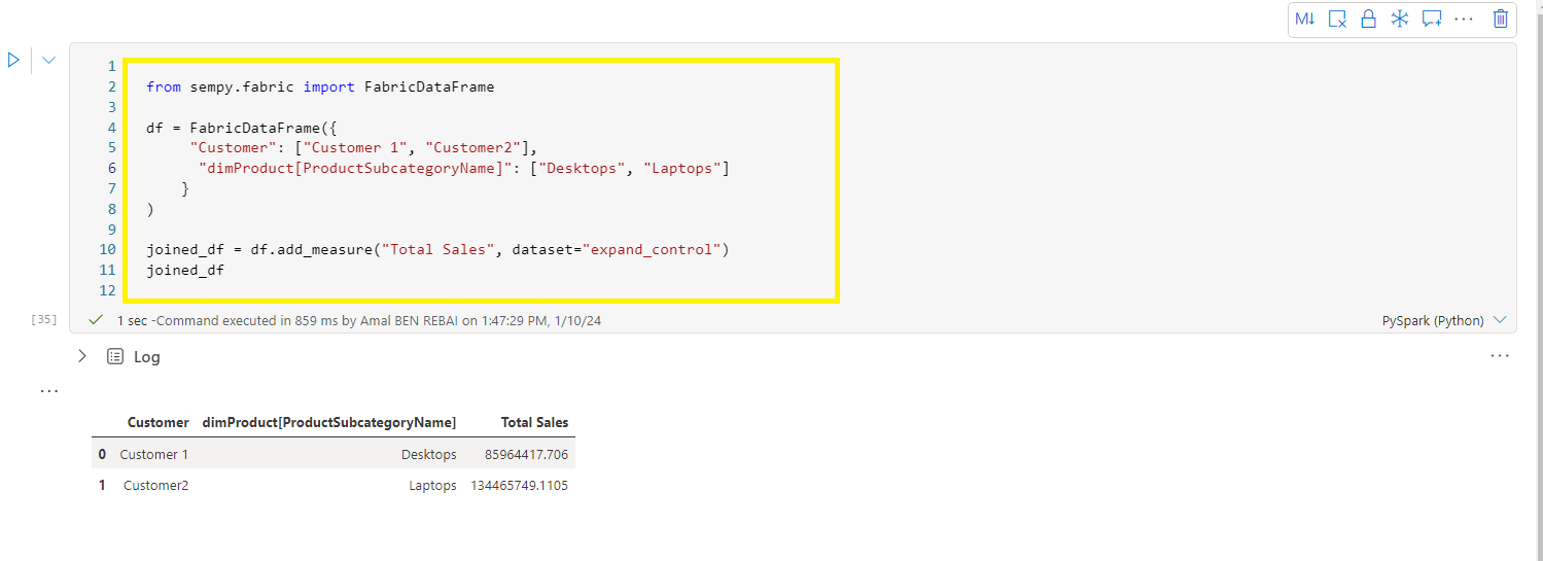𝐄𝐱𝐩𝐥𝐨𝐫𝐢𝐧𝐠 𝐏𝐨𝐰𝐞𝐫 𝐁𝐈 𝐒𝐞𝐦𝐚𝐧𝐭𝐢𝐜 𝐌𝐨𝐝𝐞𝐥 𝐃𝐚𝐭𝐚 𝐯𝐢𝐚 𝐒𝐞𝐦𝐏𝐲 𝐏𝐲𝐭𝐡𝐨𝐧 & 𝐭𝐡𝐞 𝐒𝐞𝐦𝐚𝐧𝐭𝐢𝐜 𝐋𝐢𝐧𝐤 𝐢𝐧 𝐅𝐚𝐛𝐫𝐢𝐜 𝐍𝐨𝐭𝐞𝐛𝐨𝐨𝐤𝐬:
✨Semantic Link unlocks the potential to query data from Power BI's semantic models, which are already cleaned and refined into a gold models, using tools such as Pandas and Spark APIs.
This will provide a whole of possibilities for Data Scientists and ML applications.
In the bellow screenshots, we'll explore how to use the Semantic Link combined with SemPy Python library within the Fabric workspace to read data & metadata , evaluate measures from Semantic Models, and perform various operations.
Before starting we need to:
-Create a notebook in Fabric workspace
-Install the SemPy Python library in the notebook (check my screenshots)👇
✨The SemPy Python API interacts with semantic models and executes queries on them. Let's explore some of the possibilities it offers:
✅List the available semantic models in the specified workspace.
✅List the Tables/ Measures available in the specified semantic model
✅Read data from a specified Table
✅Evaluate measures and group them by specified fields
✅Add measures to External Data
👉Same LinkedIn post: LinkedIn post
👉Previous post about this: https://lnkd.in/enqhikHh






